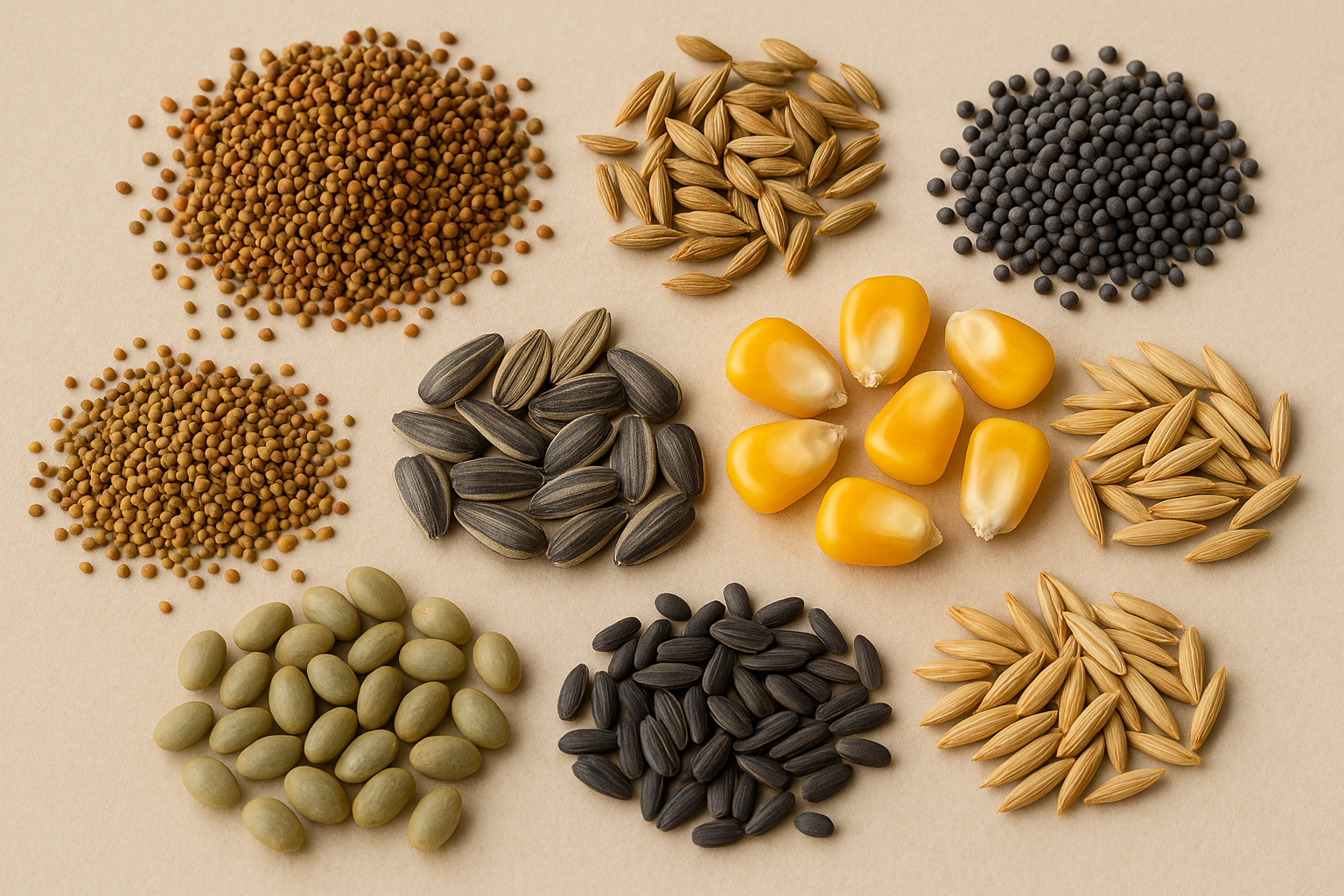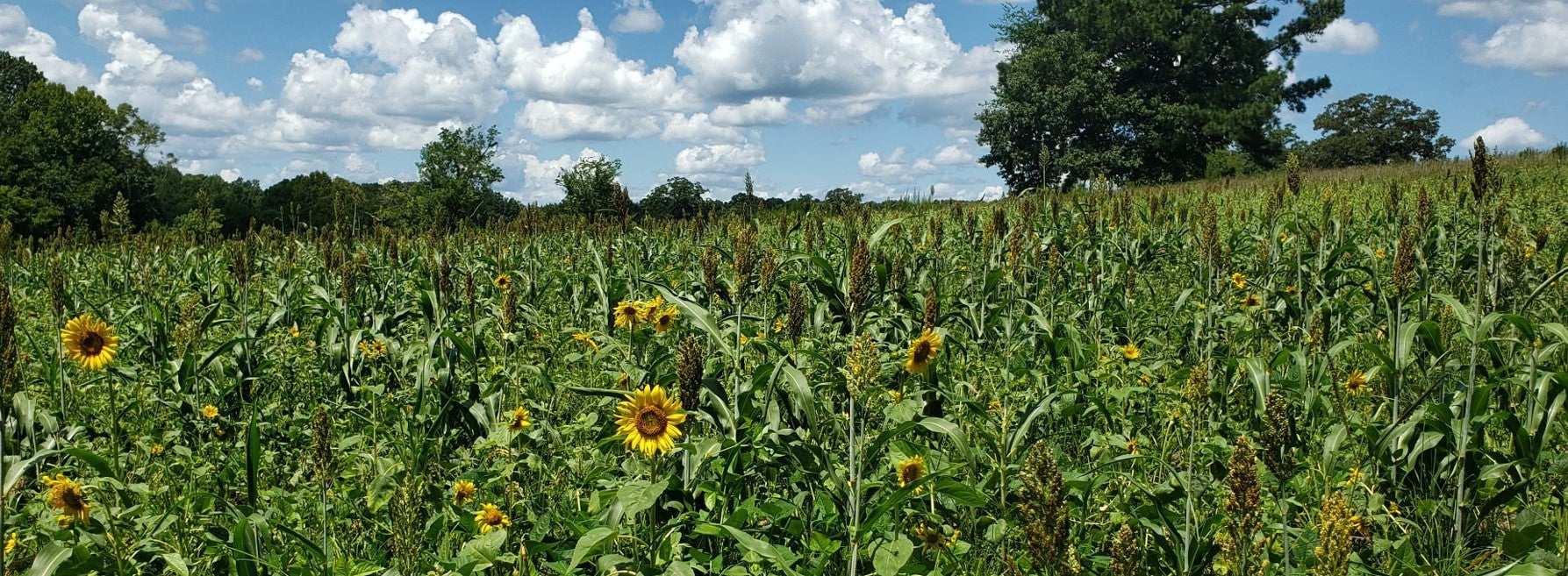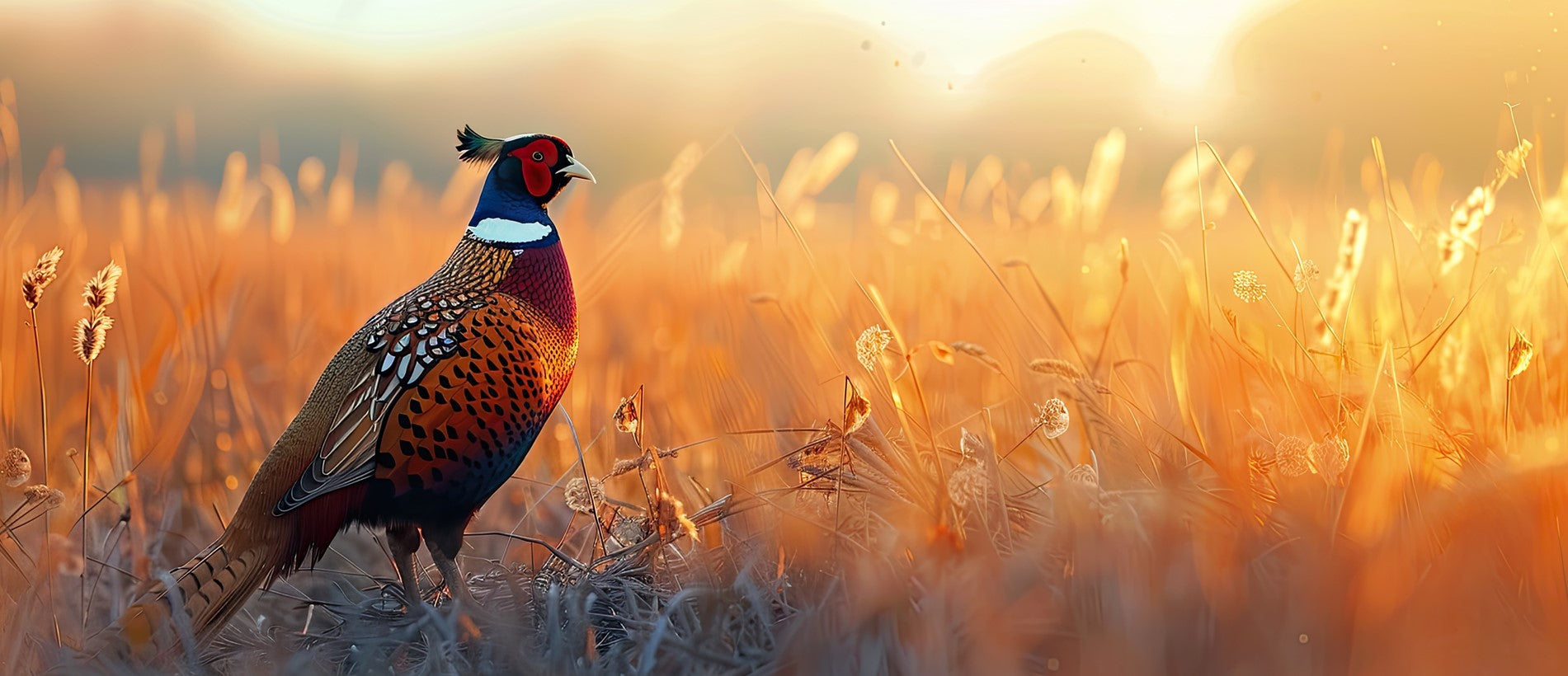Sainfoin: Is a “new” forage crop for deer on the horizon?
As a private wildlife consultant I’ve always felt that my true value to clients resides in my ability to serve as a resource on all things wildlife management. This is what drives me to keep up with the latest scientific literature on white-tailed deer and wild turkeys and attend trade shows and conferences. It’s the driving factor behind my time spent on research and trials of new products and techniques for making hunting properties more “unique” than the surrounding “neighborhood”. It’s no secret that I’m a food plot addict.
In 2006 I dove heavily into researching high quality forages for white-tailed deer food plots. I wanted to feel confident in my recommendations to my clients so I bought a “research facility” for various forage trials. In 2010 I purchased another property, for the same purpose, this time in NY.
Sainfoin
During my early research on all forage crops available to the “food plotter” I came across a non-bloating alfalfa-like forage crop, mostly grown by cattle producers in the Western U.S. At first glance Sainfoin appeared to be a “western forage crop that doesn’t warrant trial investment” (as my personal notes from 2007 read).
In recent years, I couldn’t help but notice that Sainfoin has been picking up steam and gaining attention from “Easterners” as a potential food plot crop. A fact sheet produced by the USDA/NRCS states, “Sainfoin is preferred over alfalfa by mule deer and other wildlife”. When the word “preferred” is thrown around I’m all ears. The article continues, “It greens up earlier in spring than alfalfa and stays green during the summer”. Sounds great but I need more than that to feel comfortable that Sainfoin has a place in our food plot arsenal.
Although we are researching Sainfoin at the facility and on client’s properties, I can’t honestly say I’m ready to take a position on whether or not Sainfoin will stick as another tool for food plotters…but I like what I’m hearing enough to warrant some consideration.
Perhaps you should too?
Is this ancient (arrived in North America over 100 years ago) but “new” on the food plotting scene forage crop here to stay? Only time will tell. I know I’m paying attention and so should you.
The Whitetail Institute has introduced a new product for the 2012 season known as “Imperial Edge” which, among other crops, contains Sainfoin. You know I will be testing it! In fact, a box from the Whitetail Institute was just delivered to my front porch!
Whitetail Institute’s VP, Wilson Scott, had this to say:
“Jason, we have been testing Sainfoin for the past 6 years and have found it to be extremely attractive to whitetails. It’s one of the components in our new product, Imperial Edge, and our independent field research shows Edge rivals the attractiveness of Imperial Whitetail Clover. For the best attraction possible from a perennial food plot use Imperial Whitetail Clover in your heavy soils that hold moisture and EDGE in your well-drained soils.”
I’ve spoken to other food plot seed companies who are also researching the potential role of Sainfoin here in the east coast as yet another quality forage crop for white-tailed deer. John Walther, VP Sales Barenbrug USA (& Tecomate Seeds) states, “We are testing Sainfoin buy have not yet decided if it does fit our program. We have done a greenhouse trial on coating and will be planting to determine adaptation and yield.”
I will keep my ear to the ground, talk with clients and peers, and keep an eye on our trial plots…stay tuned!
Due to the sudden surge in questions from clients regarding Sainfoin I thought some brief “talking points” outlined below might provide some food for thought.
• Sainfoin is a perennial, non-bloating forage legume that is also called “holy clover”
• Sainfoin is reportedly resistant to drought and frost damage
• Although Sainfoin is “new” to the food plot literature/marketing it’s an ancient crop originating in Asia, subsequently domesticated in Europe, and introduced into the western U.S. in the 1960’s-70s (North America around 1900).
• Reportedly extremely drought tolerant with excellent winter hardiness
• Resistant to the alfalfa weevil
• Outperforms alfalfa in shorter growing seasons
• Prefers well drained oils
• Sainfoin is very sensitive to acidic soils
• It is a non-invasive species
• It’s reportedly an extremely palatable and nutritious forage crop with feed values similar to alfalfa
• Sainfoin is very much a possible “go to” forage crop for wildlife habitat restoration/reclamation projects—i.e. Drop-Tine’s Marcellus reclamation projects
• Beekeepers have reported higher honey yields with Sainfoin than alfalfa…research shows that Sainfoin blossoms are sought after by pollinating insects, notably honey bees. Honey produced from Sainfoin is reported as very high quality
• Sainfoin is a legume and therefore requires inoculation
• Some growers have suggested that it may jump out of the gates earlier in the late winter/early spring by growing earlier and quicker than alfalfa…only trials will tell the truth here. Early green up is a key factor for northern food plotters
• Many reports detail Sainfoin’s greatest weakness is its susceptibility to root and crown pathogens that limit how long perennial plots will last; however, “Shoshone” Sainfoin was reportedly developed from the intercross of plants that possess a tolerance to such root parasites, including the Northern root-knot Nematode
• Some suggest that Sainfoin possesses a higher carbohydrate content but similar crude protein content and digestibility to alfalfa
• Since Sainfoin is grown in many dry, western regions it may serve as a “niche crop” for food plotters…i.e. drought years
• Sainfoin possesses a very deep tap root resulting in an adaptation for dry conditions…sound familiar? (Chicory!)
• Sainfoin will not do well on wet sites
• Sainfoin does not compete very well when mixed with other forages though many top food plot seed companies are researching the right combination(s) for blends.
• Most pure stands are planted at the rate of 30-35 lbs. of pure live seed (PLS) per acre.
Oat Shortage: An update
As many of you know, growers had a rough go at oat production last spring. I recently reached out to John Walther for an update on the oat situation. John is VP of Sales for Barebrug USA, which also owns Tecomate Seeds. John notes “Growers had a terrible year getting acres out last spring with the wet and late spring. With the high commodity prices on wheat, corn and soybeans, thousands of acres went into commodities. Ultimately, spring was late and with the wet/cold weather oats did not get planted. There is a severe shortage on oats this year.” John continues, “The oat scenario will improve next season, but not by much.
Whitetails Institute’s Wilson Scott reports that “the oat fields look fantastic…better than last year”. Wilson adds, “We doubled our production for 2012 and I hope to sell out again.” Wilson also noted, “Last year, we got the oats in on July 17 and were sold out in 3 weeks. We were shocked by the number of early orders.”
With oats being one of the favorite cool season food plot crops you might want to consider planning a little earlier this season…I’ve already begun!
Posted by Jason Snavely











Leave a comment